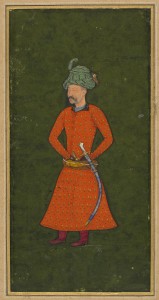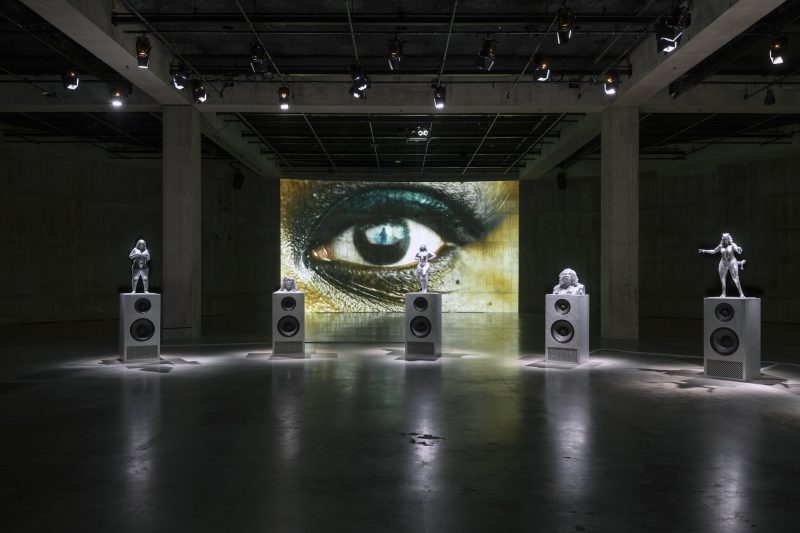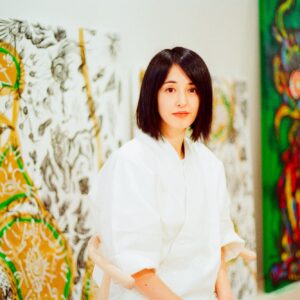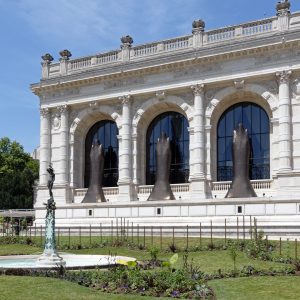
© The Trustees of the British Museum Shah ‘Abbas: The Remaking of Iran, British Museum-14 June, Great Russell St, WC1
In February 2009, the British Museum will open the first major exhibition to explore the rule and legacy of Shah’ Abbas, one of the formative figures in the creation of modern Iran. Shah of Iran from 1587-1629AD, he is remembered as one of the country’s most influential kings and a great military leader, ruling Iran at a time of political renewal, when it succeeded in positioning itself as a world power with a sharply defined national identity.
Shah `Abbas came to the throne in 1587, the fifth ruler of the Safavid Dynasty. Through trade, patronage and diplomacy Shah `Abbas fostered good relations with Europe and ushered in a golden period in the arts, commissioning beautiful works of art and grand architecture. He was a great builder and restorer of major monuments across the country and this architectural legacy will provide the context in which to explore the themes of his reign. The exhibition will feature luxurious gold-ground carpets, exquisite Chinese porcelains, illustrated manuscripts, watercolour paintings, metalwork and beautiful silks, objects similar to those Shah `Abbas gave to important religious sites across Iran. The famous calligrapher `Ali Riza `Abbasi was a key figure throughout Shah `Abbas’s reign and examples of his work will feature prominently in the exhibition.
Shah `Abbas was a man with a strong sense of personal piety; though Shiism was declared the state religion of Iran in 1501, it was Shah `Abbas who consolidated its preeminence through the rule of law and the suppression of heterodox Shi`i sects and extremist dervish orders. The clerics in the circle of Shah `Abbas established the parameters of Shi`i orthodoxy and in so doing strengthened the role of the religious elite throughout Iran.
In association with The Iran Heritage Foundation, the exhibition will feature extraordinary loans, never before seen outside of Iran, alongside loans from Europe and the US. The exhibition is the third in a series examining empire and power in different parts of the globe and follows exhibitions on the First Emperor of China and the Roman emperor Hadrian.
Sheila Canby, curator of the exhibition said ‘Shah`Abbas was restless, decisive, ruthless and intelligent. This exhibition will provide a rare opportunity to learn about this important ruler. Shah `Abbas was a critical figure in the development of Iran and his legacy is still with us today.’
www.britishmuseum.org
The exhibition will focus on four key sites which Shah `Abbas transformed or embellished as public statements of royal power.
Isfahan: the new capital
Shah `Abbas made Isfahan his new capital in 1598 and it became his main administrative city and the seat of his power. He completed an ambitious building programme, including the construction of a royal palace and his personal mosque (named after his father-in-law and spiritual advisor Shaykh Lutf Allah) as well as new quarters for the Safavid elite and the Armenian merchant class which drove Iran’s international silk trade. It was also the site of the royal artists’ workshop, led by the famous calligrapher `Ali Riza `Abbasi.
Ardabil: the ancestral shrine
Ardabil contains the tomb of Shaykh Safi, a fourteenth-century sufi mystic and ancestor of Shah `Abbas. The site contained a lodge for dervishes who followed the Shaykh’s teaching and was the dynastic shrine of the Shah’s family. Under Shah `Abbas the role of this complex as a symbol of the Safavid Dynasty grew. He renovated the shrine, gifting magnificent decorative objects, including precious Chinese porcelains, mosque lamps and important manuscripts, examples of which can be seen in the exhibition.
Mashhad: the tomb of the martyred Imam
Mashhad is a holy shrine city of huge significance. It is the burial site of Imam Riza, the only Shi`i imam, or infallible spiritual guide, who is buried in Iran. The Shah himself walked in pilgrimage to the shrine from Isfahan, a distance of 600 miles. It houses the Shah’s collection of Qur’ans and Arabic scientific manuscripts and other elegant furnishings for the many chambers of the shrine. Objects similar to those given by the Shah to Mashhad will be on display.
Qum: studying the faith
Qum is the shrine city of Fatimeh Ma`sumeh, the sister of Imam Riza and a focus of Safavid female piety and spirituality. By the 17th century many religious colleges were associated with the shrine, a situation that continues to this day. At the very end of his reign Shah `Abbas took a particular interest in this shrine and after his death his successors donated exquisite silk brocades, calligraphy and manuscripts.
The exhibition is presented in association with the Iran Heritage Foundation. The Arts and Humanities Research Council (AHRC) has funded a connected research project which has been key in the preparation of the exhibition. The research was undertaken by the British Museum’s Dr Sheila Canby and Professor Robert Gleave from Exeter University, investigating the importance of Shah `Abbas in renovating these key religious spaces has contributed to a better/greater understanding of their importance.







